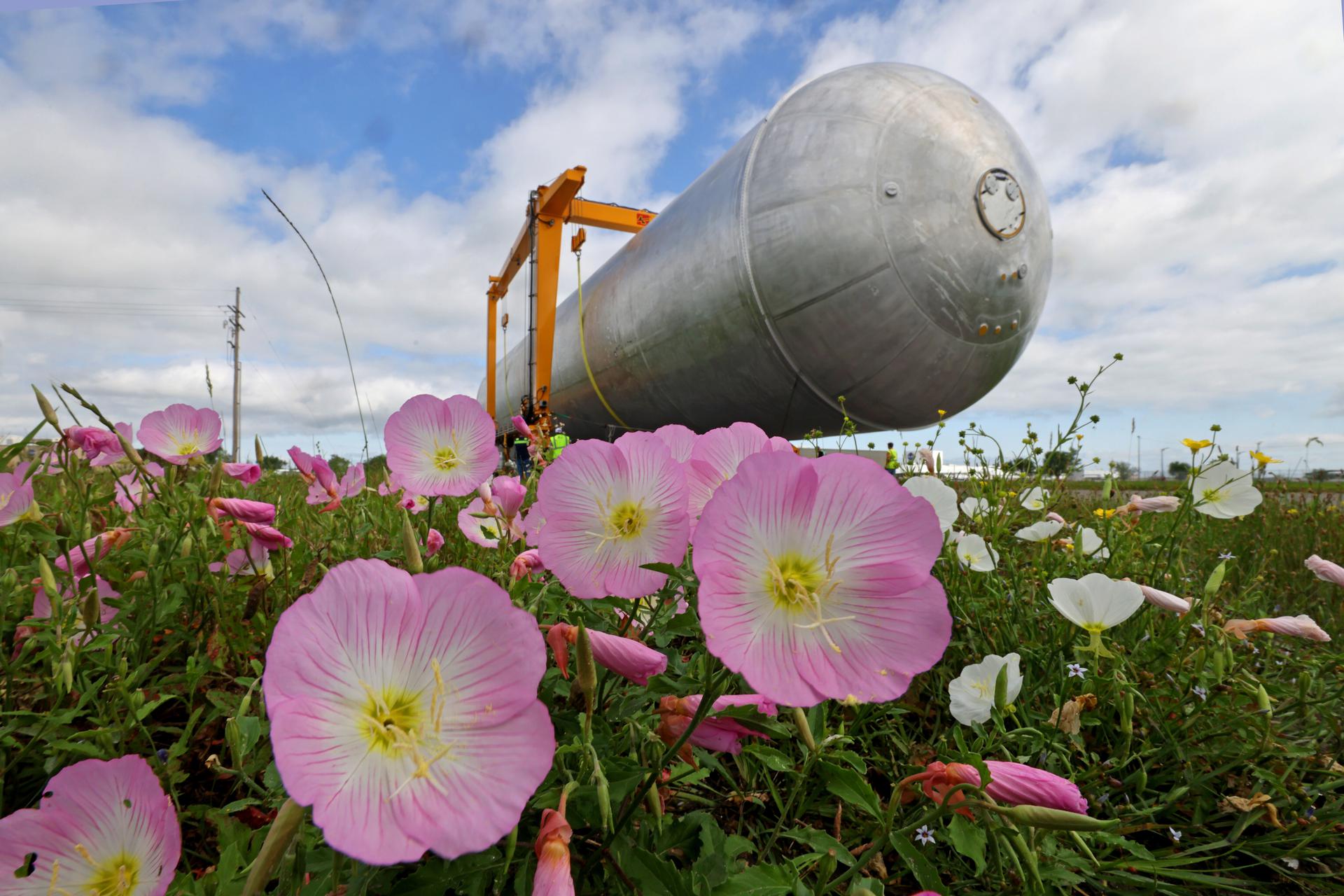MAF Energy and Water Conservation
MAF Energy and Water Conservation oversees the Energy and Water Management program to meet the requirements of NPR 8570.1B, NASA Energy and Water Management Program.
Location
New Orleans, LA
Energy Manager
Phan Nguyen
Responsibilities
Responsibilities include but are not limited to:
- Minimize EW consumption and reduce EW intensity while complying with health, safety, and mission operations.
- Optimize and reduce EW utility costs through available utility services/commodity purchasing mechanisms, life-cycle cost-effective efficiency projects and initiatives, alternative fuels, and renewable and alternative EW sources.
- Integration with project design and construction, and operations and maintenance of facilities to meet EW performance objectives and targets.
- Implementation of EW efficiency projects and initiatives.
- Monitoring, collecting, and analyzing EW data
- Reporting on EW performance in accordance with external Federal and internal Agency requirements.
Energy and Water Conservation Ideas and Information
Energy and Water Conservation
Environmental Protection Agency
Energy Message from the Director
As the need to conserve natural resources and limited budget dollars increases, NASA and MAF are under increasing pressure to reduce energy consumption. This endeavor is definitely a team effort, requiring each person to evaluate how they use energy in the workplace.
While savings can be accomplished through large projects such as lighting retrofits and equipment replacement, the efforts of individuals can also have a significant impact on energy consumption. Simple tasks play a part in reducing energy consumption. Some of these tasks include:
- turning off lights when leaving a room
- not propping open exterior doors
- not setting thermostats too high or too low (72 °F or above in the cooling mode and 74 °F or less in the heating mode)
- coordinating HVAC equipment operation with building occupancy schedules
As we move forward in meeting federal mandates and taxpayer expectations, your participation is very much appreciated. Let’s do all we can to protect the resources with which we are entrusted
Contact
| Benjamin Ferrell Energy Manager Cell: (504)257-1947 benjamin.t.ferrell@nasa.gov |























